A well-designed dining room is not just about the furniture and decor, but also about the lighting. The right lighting can enhance the overall ambiance and mood of the room, making it the perfect space for both formal dinners and casual gatherings. Here are 10 lighting design tips for your dining room that will help you create a warm, inviting, and stylish space. Lighting Design Tips for Your Dining Room
When it comes to choosing the perfect lighting for your dining room, it's important to consider both style and functionality. Start by assessing the size and layout of your dining room, as well as the natural light it receives. This will help you determine the type and number of lighting fixtures you need. Think about the overall design and atmosphere you want to create in the room, and choose lighting that complements it. How to Choose the Perfect Dining Room Lighting
Don't be afraid to think outside the box when it comes to dining room lighting. While traditional chandeliers and pendant lights are popular choices, there are many other creative options to choose from. Consider using wall sconces, recessed lighting, or even string lights to add a unique touch to your dining room. You can also mix and match different types of lighting to create a layered and dynamic look. Creative Dining Room Lighting Ideas
If you have a small dining room, it's important to choose lighting that won't overwhelm the space. Avoid large, bulky fixtures and opt for smaller, more compact options. Wall sconces or pendant lights hung at varying heights can add visual interest without taking up too much space. You can also use mirrors to reflect light and make the room appear larger. Best Lighting Options for Small Dining Rooms
When it comes to dining room lighting, there are some dos and don'ts to keep in mind. Do consider the size and layout of your dining room when choosing lighting fixtures. Do opt for dimmers to adjust the lighting according to the occasion. Do use multiple sources of light to create a layered and balanced look. Don't choose fixtures that are too small or too large for the space. Don't forget to consider the style and design of the rest of your home when choosing dining room lighting. Dining Room Lighting Dos and Don'ts
Layering lighting is key to creating a warm and inviting atmosphere in your dining room. This involves using different types of lighting at different levels to achieve the perfect balance. Start with a statement fixture, such as a chandelier or pendant light, as the main source of light. Then, add task lighting in the form of table lamps or wall sconces for more focused lighting. Finally, use accent lighting, such as recessed lights or picture lights, to highlight specific areas or objects in the room. How to Layer Lighting in Your Dining Room
Chandeliers are a popular choice for dining room lighting, and for good reason. They add a touch of elegance and sophistication to the space, and can also provide ample lighting. When choosing a chandelier for your dining room, it's important to consider the size and scale of the room. As a general rule, the diameter of the chandelier should be about a foot less than the width of the dining table. However, if you have high ceilings, you can opt for a larger chandelier. Choosing the Right Size Chandelier for Your Dining Room
Natural light can do wonders for a dining room, making it feel bright and airy. If your dining room has windows, make the most of them by choosing window treatments that allow plenty of light to enter the room. Avoid heavy curtains or blinds that block out natural light. You can also position your dining table near a window to take advantage of the natural light during the day. Incorporating Natural Light into Your Dining Room Design
Don't underestimate the power of dimmers when it comes to setting the mood in your dining room. Installing dimmer switches for your dining room lighting allows you to adjust the brightness according to the occasion. Whether it's a romantic dinner for two or a lively dinner party, dimmers give you the flexibility to create the perfect ambiance. Using Dimmers to Create the Perfect Ambiance in Your Dining Room
Pendant lights are a versatile and stylish choice for dining room lighting. However, it's important to hang them at the right height to achieve the best effect. As a general rule, the bottom of the pendant should be about 30 inches above the surface of the table. This ensures that the light is spread evenly and doesn't blind anyone sitting at the table. If you have a high ceiling, you can hang the pendants a bit lower for a more dramatic look. Tips for Hanging Pendant Lights in Your Dining Room
Choosing the Right Lighting Fixtures

Consider the Function and Mood of the Dining Room
 When it comes to designing a dining room, lighting plays a crucial role in creating the right atmosphere.
It needs to be both functional and aesthetically pleasing.
Before selecting lighting fixtures, consider the function and mood of your dining room. Are you planning to use it for formal dinners or casual family meals? Is it a space where you also work or do other activities? These factors will help determine the type and placement of lighting fixtures.
When it comes to designing a dining room, lighting plays a crucial role in creating the right atmosphere.
It needs to be both functional and aesthetically pleasing.
Before selecting lighting fixtures, consider the function and mood of your dining room. Are you planning to use it for formal dinners or casual family meals? Is it a space where you also work or do other activities? These factors will help determine the type and placement of lighting fixtures.
Layer the Lighting
 One of the key principles of good lighting design is layering.
This means using a combination of different light sources to create depth and balance in the room. Start with a main source of ambient light, such as a chandelier or pendant light in the center of the room. Then, add task lighting, such as wall sconces or a table lamp, for specific activities like reading or working. Finally, use accent lighting, such as track lights or recessed lighting, to highlight architectural features or artwork in the room.
One of the key principles of good lighting design is layering.
This means using a combination of different light sources to create depth and balance in the room. Start with a main source of ambient light, such as a chandelier or pendant light in the center of the room. Then, add task lighting, such as wall sconces or a table lamp, for specific activities like reading or working. Finally, use accent lighting, such as track lights or recessed lighting, to highlight architectural features or artwork in the room.
Consider the Size and Proportions of the Room
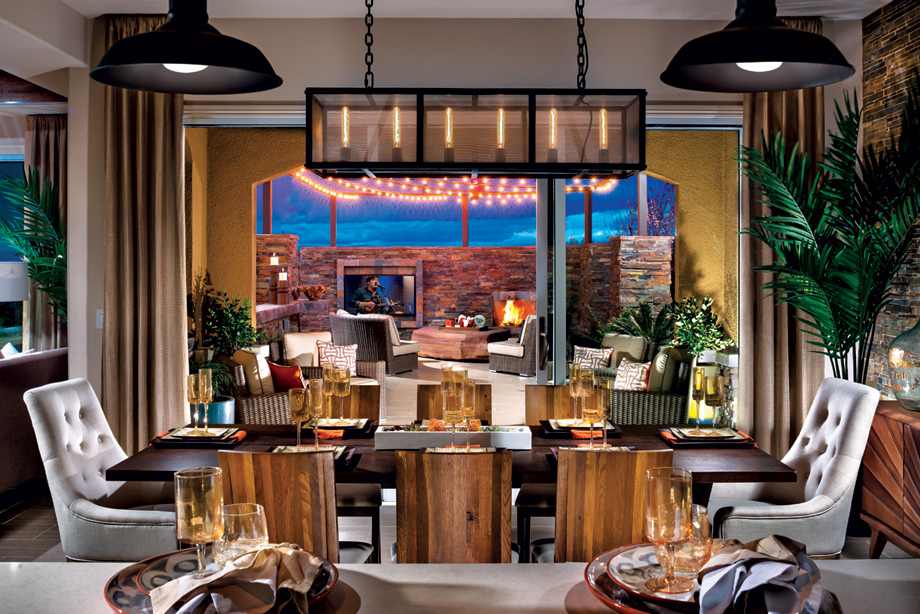 When choosing lighting fixtures, it's important to consider the size and proportions of your dining room.
Too small fixtures can make the room feel cramped, while oversized fixtures can overwhelm the space.
As a general rule, the width of a chandelier or pendant light should be about 12 inches narrower than the width of the table. If you have a long dining table, consider using multiple smaller fixtures instead of one large one.
When choosing lighting fixtures, it's important to consider the size and proportions of your dining room.
Too small fixtures can make the room feel cramped, while oversized fixtures can overwhelm the space.
As a general rule, the width of a chandelier or pendant light should be about 12 inches narrower than the width of the table. If you have a long dining table, consider using multiple smaller fixtures instead of one large one.
Don't Be Afraid to Mix and Match
 Gone are the days when all the lighting fixtures in a room had to match perfectly.
Nowadays, it's perfectly acceptable to mix and match different styles and finishes.
This can add visual interest and personality to your dining room. Just make sure to choose fixtures that complement each other and tie in with the overall design of the room.
Gone are the days when all the lighting fixtures in a room had to match perfectly.
Nowadays, it's perfectly acceptable to mix and match different styles and finishes.
This can add visual interest and personality to your dining room. Just make sure to choose fixtures that complement each other and tie in with the overall design of the room.
Consider Energy Efficiency
 In addition to aesthetics, it's important to consider energy efficiency when choosing lighting fixtures for your dining room.
LED lights are a great option as they use significantly less energy and last longer than traditional incandescent bulbs.
You can also install dimmer switches to adjust the brightness of your lights and save energy.
In conclusion, the right dining room lighting design can make all the difference in creating a functional and inviting space. By considering the function and mood of the room, layering the lighting, choosing the right size and proportions, mixing and matching different styles, and keeping energy efficiency in mind, you can create a beautifully lit dining room that meets all your needs.
In addition to aesthetics, it's important to consider energy efficiency when choosing lighting fixtures for your dining room.
LED lights are a great option as they use significantly less energy and last longer than traditional incandescent bulbs.
You can also install dimmer switches to adjust the brightness of your lights and save energy.
In conclusion, the right dining room lighting design can make all the difference in creating a functional and inviting space. By considering the function and mood of the room, layering the lighting, choosing the right size and proportions, mixing and matching different styles, and keeping energy efficiency in mind, you can create a beautifully lit dining room that meets all your needs.



/fin-27-sputnick-light-fixture-5a51622a5b6e2400374955c3.jpg)
















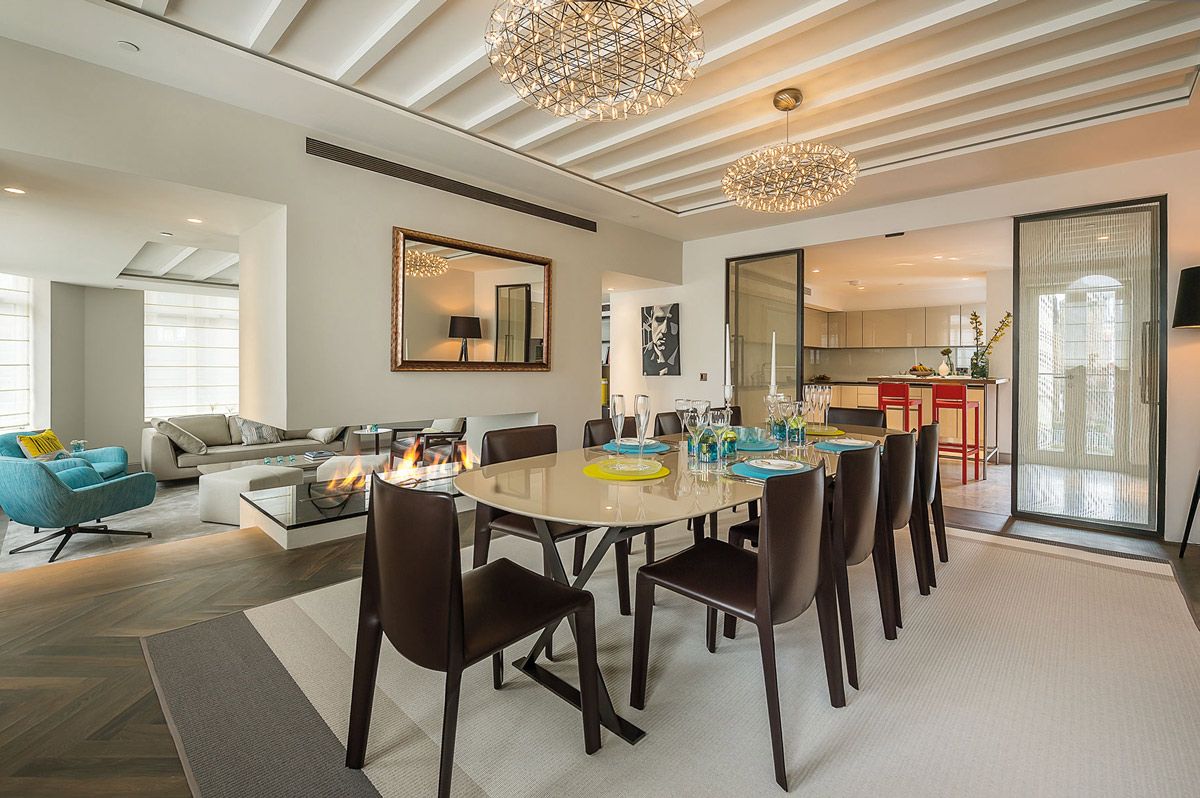










/dining-room-lighting-4157465-hero-28e9226fa7fb4f7e9f86a062ff22111c.jpg)
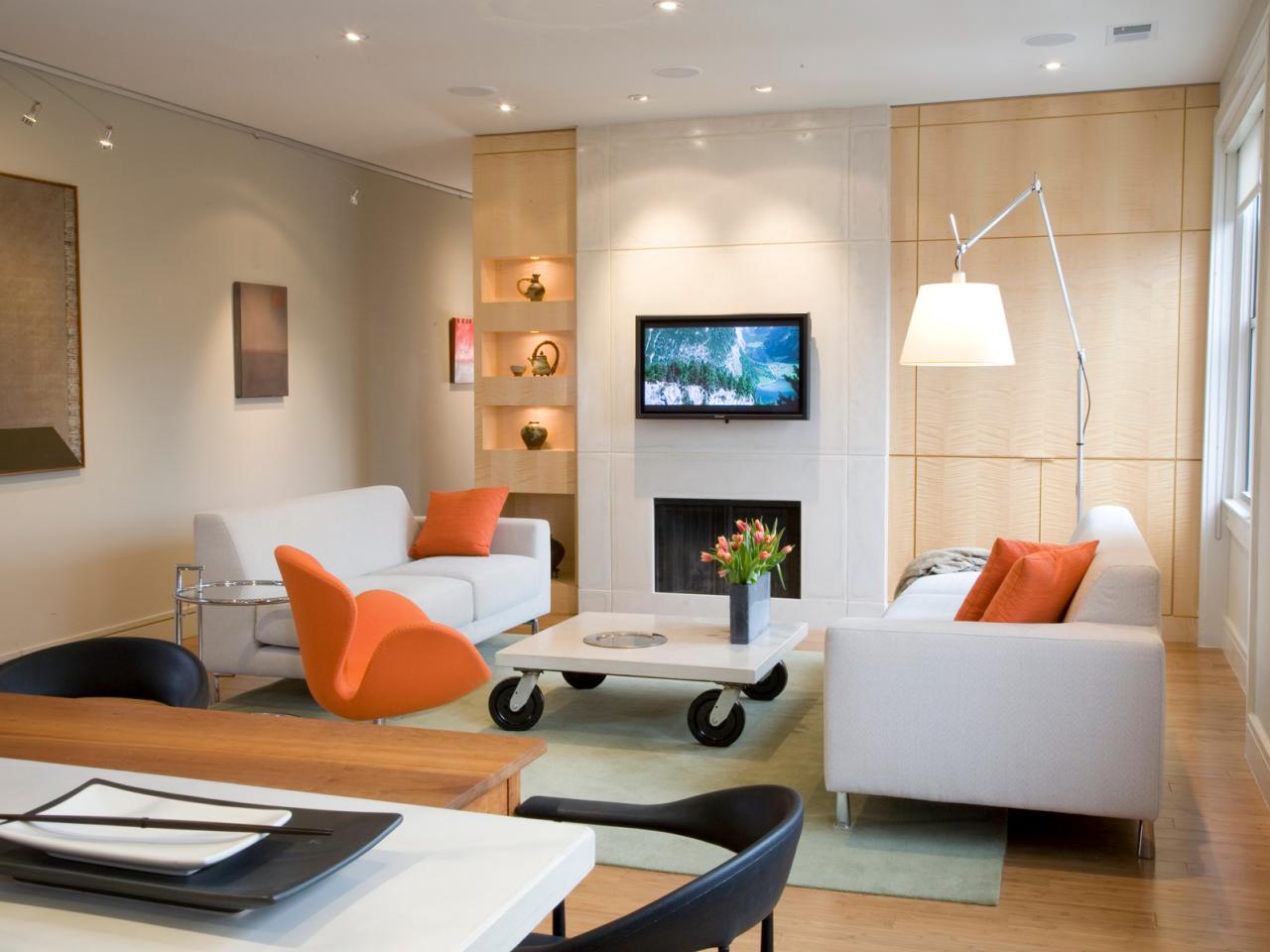

















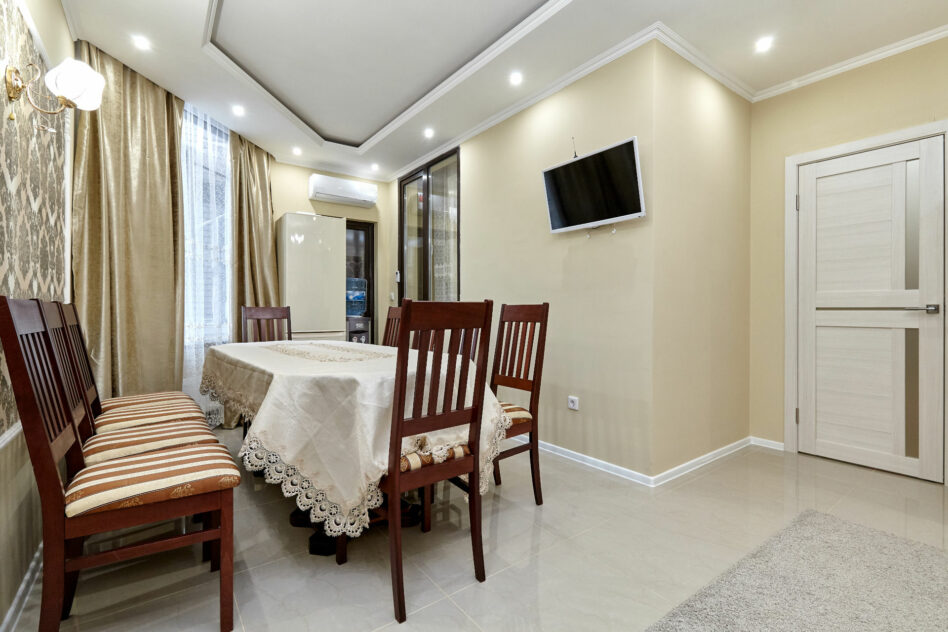




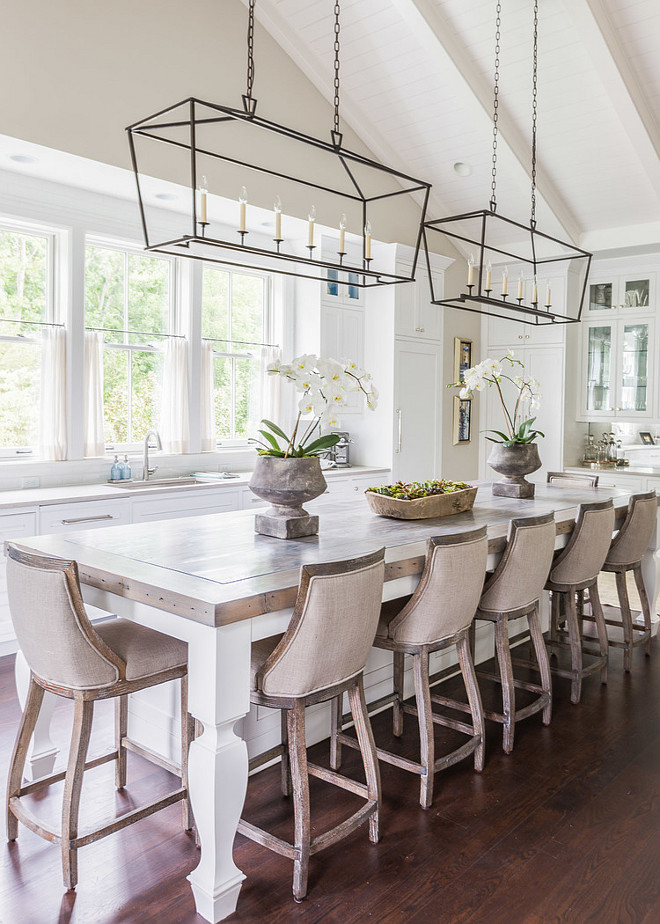
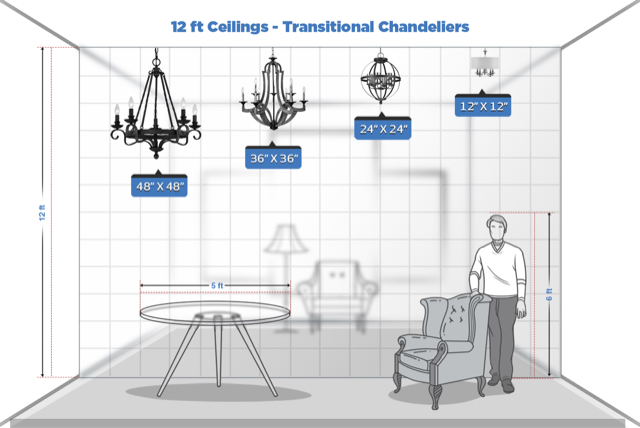






















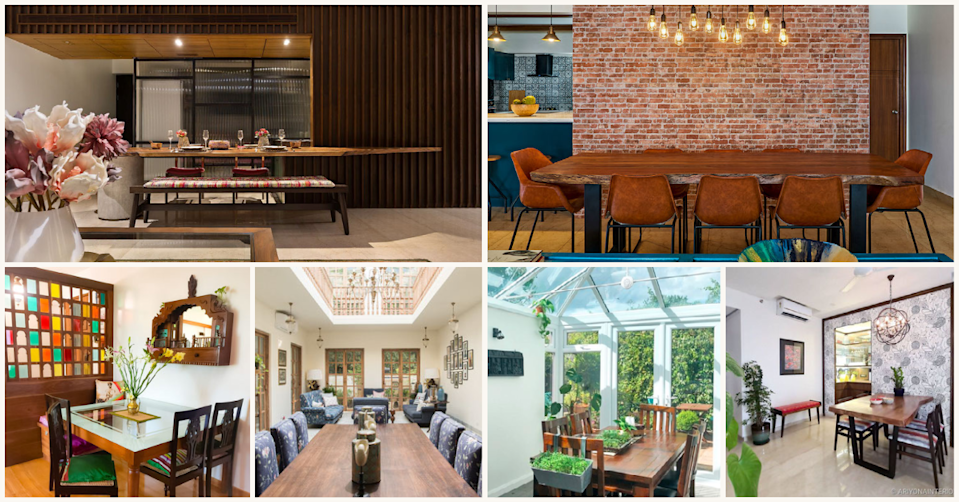







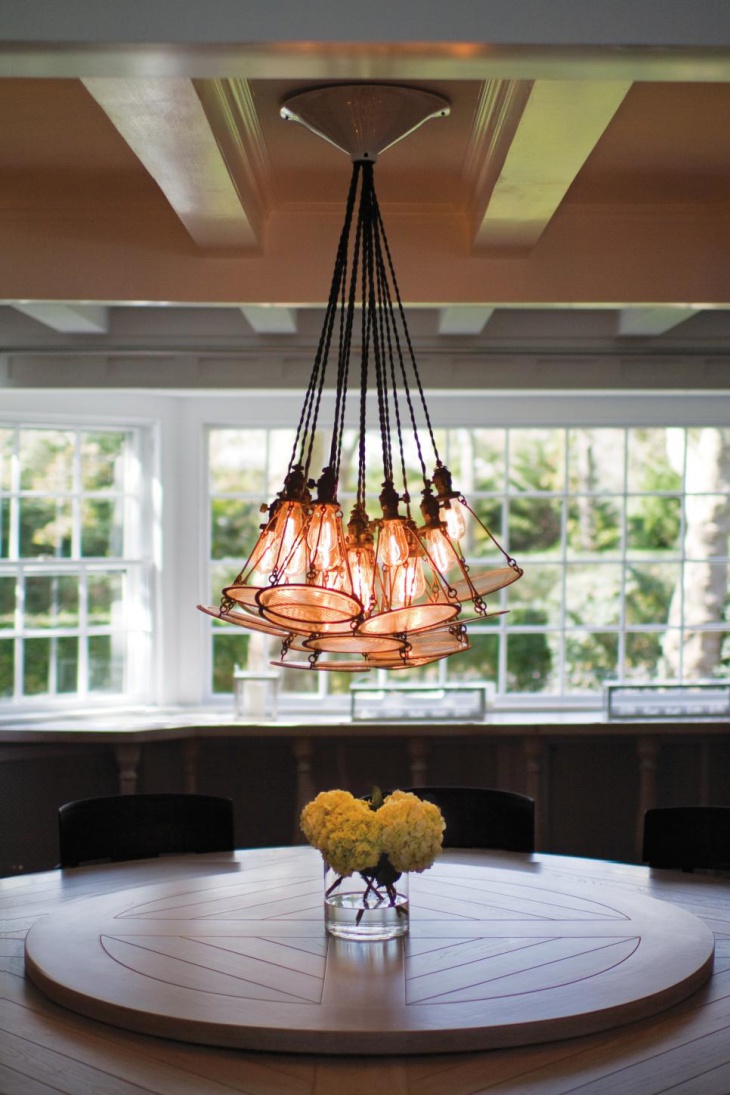
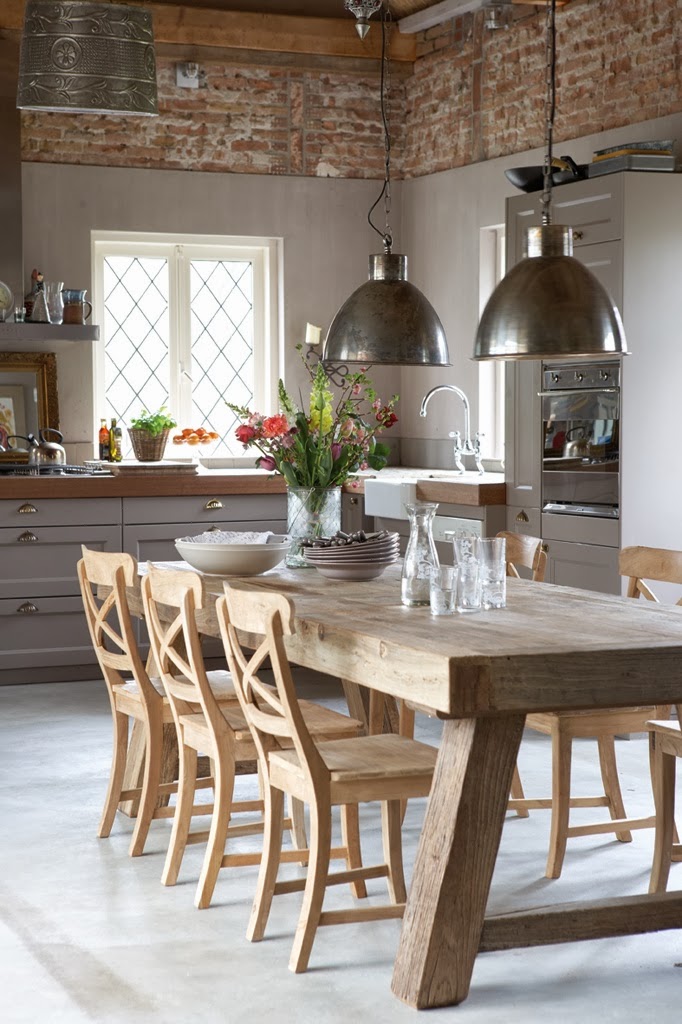









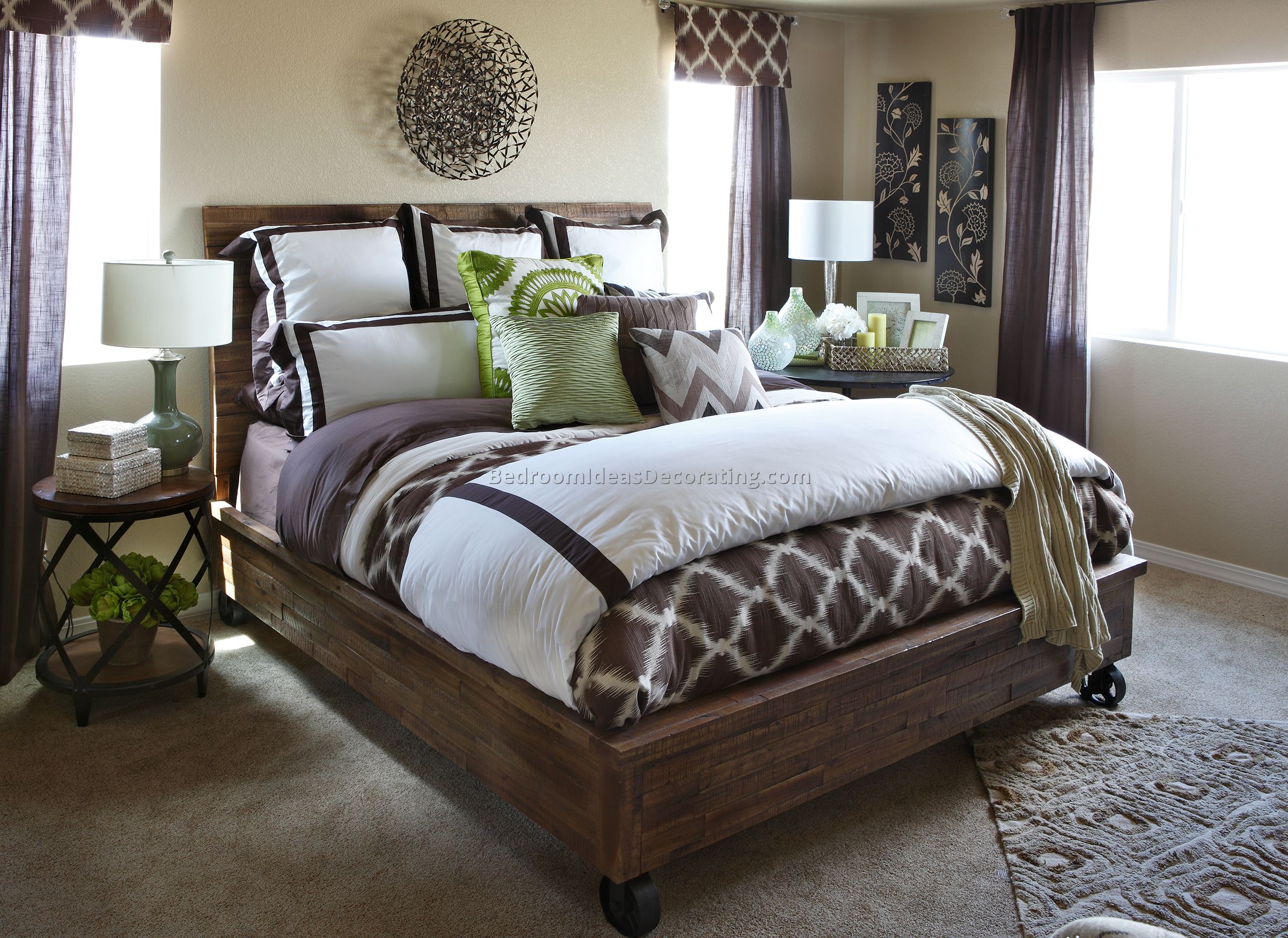


/cdn.vox-cdn.com/uploads/chorus_image/image/39871922/DSC_0258.0.0.0.jpg)


